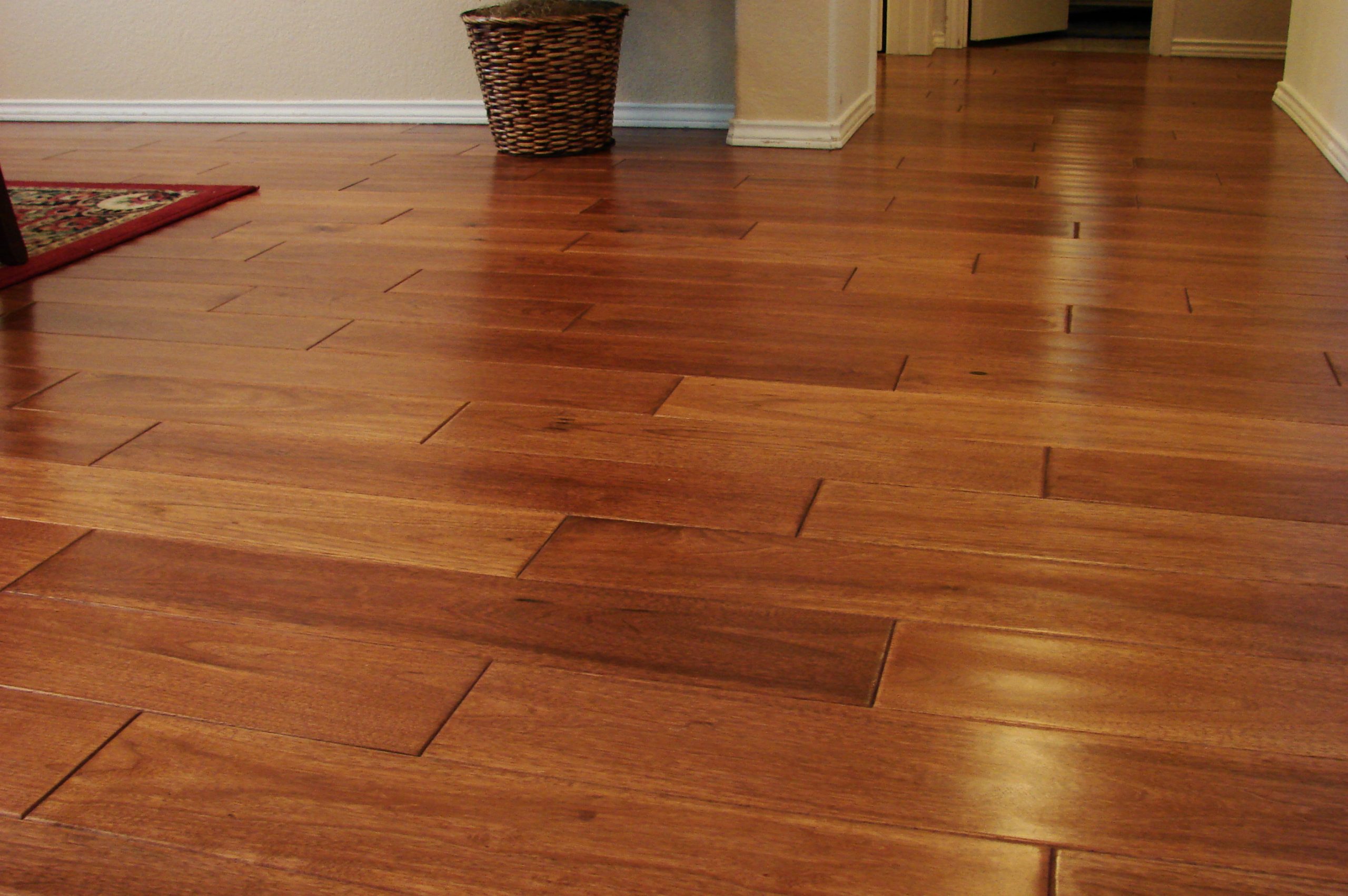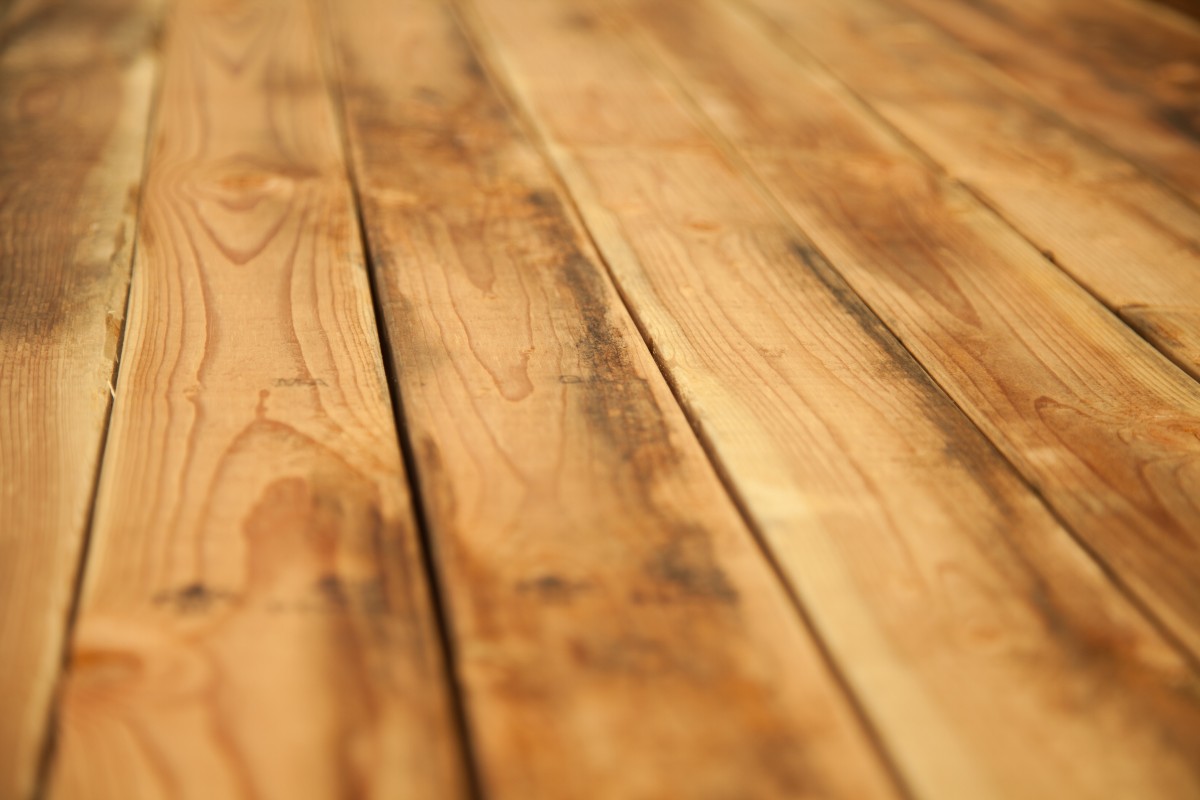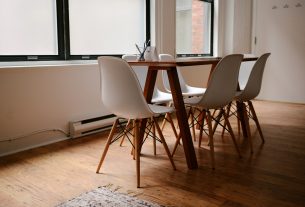Laying a Solid Wood Floor
Contents
– Case 1: laying a solid parquet floor on a floating floor
– Case 2: laying a solid parquet floor on joists
– Sand your solid parquet and install the skirting boards
– Apply a finish to your solid parquet
You can lay solid parquet in a floating installation or on joists.
Floating installation is simple and accessible to amateur DIYers.
However, the classic installation of solid parquet is done on joists. These joists are large pieces of wood laid in a grid pattern on the floor, onto which the floorboards are nailed. This installation technique is only suitable for professionals.
Here are the materials and steps for laying solid parquet.
Equipment needed to lay solid wood flooring
Helmet, mask and safety glasses
Flathead nails
Powder line
Square
Rubber mallet
Hammer
Tape measure
Sanding paper
Belt sander
Angle sander
Hand saw
Blade puller
Case 1: Laying a solid parquet floor in a floating installation
There are solid parquet floors that are installed in a floating installation. The boards of the solid parquet are laid on a layer of insulation and glued together with a mallet.
Case 2: lay solid parquet on joists
Laying the joists
The joists will be laid on joists if you wish to lay the parquet on the first floor. In this case, nail the joists to the posts at intervals of approximately 40 cm.
If you are laying parquet in a room on the ground floor of your home, the joists should be laid on the floor. The joists must be fixed to the floor by grouting or pegging.
Laying the solid parquet
Lay the floorboards perpendicular to the joists. Ideally, this installation direction should correspond to the direction in which light enters the room.
Leave a 5 to 8 mm gap between the boards and the walls.
Fit the boards together and nail them to the joists at each intersection.
– Lay the first row of planks from a wall and place spacers every 30 cm between the wall and this first row.
– Nail the boards to the centre of the joists, always at an angle.
– Row by row, interlock the boards with those of the previous row using a rubber mallet and nail them down.
– Measure the angle between the wall and the row of floorboards and transfer this to the floorboards to be cut for the last row.
– Use a saw to cut out the boards that need to be adjusted in size.
– Use a blade puller or a crowbar to install the last row of boards and nail it down.
Sanding your solid wood floor and installing the skirting boards
Sanding the floor
– Sand the floor to prepare it for the application of a finish.
– Protect yourself from the dust generated by sanding and from noise with a mask, goggles and a protective helmet. Also, open the windows.
– Sand the centre of the surface with a belt sander. – Sand the edges and corners with a corner sander, also known as a curb sander. Three passes are required, each with a different grit size (coarse, medium and fine).
Install the skirting boards
Install the skirting boards to finalise the solid wood floor’s installation and hide the edges.
– Start by laying the skirting boards along the walls.
– Observe the corners of the walls in the room before making the cuts.
– Fix the skirting boards. You can glue or nail them in place.
– Finally, sand the skirting boards with sandpaper.
Tip: Fill them with wood filler if you find gaps between the skirtings after installation.
Finishing your solid wood floor

Solid wood flooring is usually sold in its raw state. Therefore, you must apply a finish (wax, oil or sealing varnish). If you want to stain or age your floor, do so before applying a finish.
– Wax protects the floor from drying out and fading. Apply it with a cotton wick (solid wax) or a brush (liquid wax). It is recommended to apply a hard primer before the wax to seal the wood’s pores and prevent liquids from penetrating the floor and staining it.
– The oil nourishes the floor and protects it from wear and tear while maintaining the natural appearance of the wood. Apply it with a single brush or a cotton wick. Oiling a floor is an irreversible treatment, as the oil penetrates the wood deeply.
– Sealing varnish creates a protective layer on the surface of the floor and makes it shine. Apply it with a short-haired roller or a brush.



